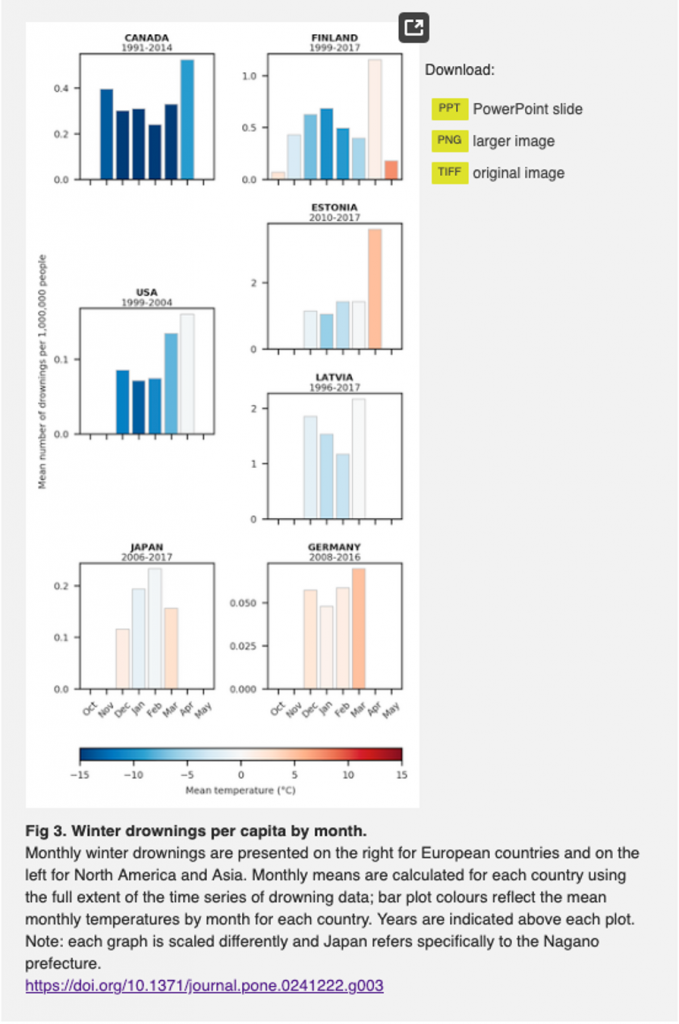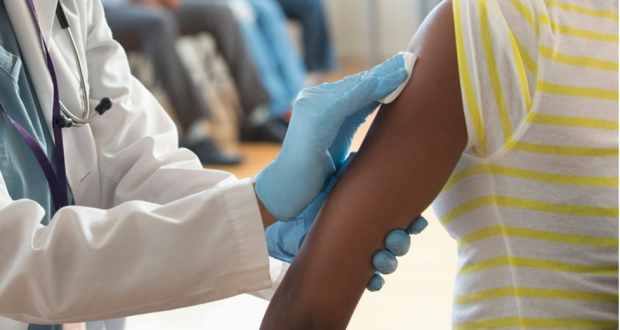By Charles Ellison, the b|e note
Surveys have documented disproportionate disinclination among Black people in the United States to be vaccinated against the novel coronavirus – a cause of substantial concern for public health professionals given the Black population’s high rates of infection, hospitalization and death from COVID-19. This study delves deeply into these compunctions, relying on an unusually large, random national sample of Black Americans, a review of the literature on vaccine uptake and consultation with experts in the field.
Confirming previous findings, fewer than half of Black adults, 48 percent, say they probably or definitely would get a coronavirus vaccine if it were available for free – including just 18 percent who definitely would get vaccinated. Among Latinx adults, interviewed for comparison, far more likely would get vaccinated, 66 percent, including 31 percent definitely.
Safety and trust concerns are pervasive in both groups – but their higher levels among Black people are key in these differing vaccination uptake intentions.

“Student Loans Weigh the Heaviest on Black and Hispanic Students”
READ more …
Student loan debt weighs more heavily on students of color than on their white counterparts.
For example, if you look only at four-year public colleges, an estimated 86.8 percent of Black students borrow federal student loans to attend, but just 59.9 percent of White students do the same, according to the National Center for Education Statistics (NCES).
With rising tuition costs outpacing inflation and wage growth, many students are struggling to afford college. In fact, about 44 million Americans owe over $1.48 trillion in student loan debt.
But according to our in-depth analysis of data from Demos and NCES, Black and Hispanic students are paying more when it comes to student loans than White students.

“Increased Winter Drownings in Ice-Covered Regions with Warmer Winters”
READ more …
Winter activities on ice are culturally important for many countries, yet they constitute a high safety risk depending upon the stability of the ice. Because consistently cold periods are required to form stable and thick ice, warmer winters could degrade ice conditions and increase the likelihood of falling through the ice. This study provides the first large-scale assessment of winter drowning from 10 Northern Hemisphere countries. We documented over 4000 winter drowning events. Winter drownings increased exponentially in regions with warmer winters when air temperatures neared 0°C. The largest number of drownings occurred when winter air temperatures were between -5°C and 0°C, when ice is less stable, and also in regions where indigenous traditions and livelihood require extended time on ice. Rates of drowning were greatest late in the winter season when ice stability declines. Children and adults up to the age of 39 were at the highest risk of winter drownings. Beyond temperature, differences in cultures, regulations, and human behaviors can be important additional risk factors. Our findings indicate the potential for increased human mortality with warmer winter air temperatures. Incorporating drowning prevention plans would improve adaptation strategies to a changing climate.

 Westside Story Newspaper – Online The News of The Empire – Sharing the Quest for Excellence
Westside Story Newspaper – Online The News of The Empire – Sharing the Quest for Excellence




